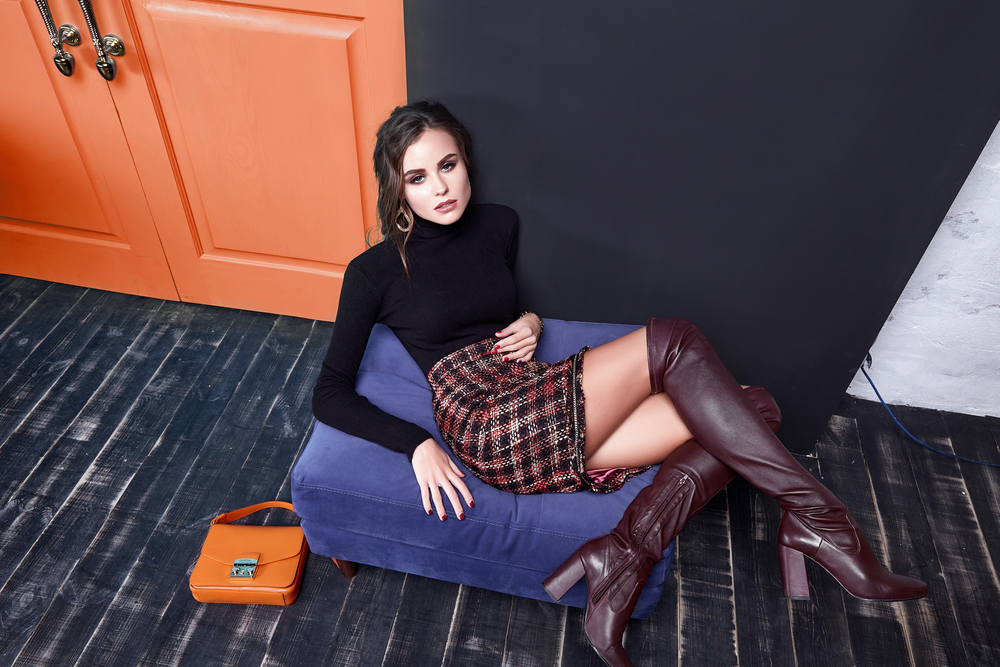
The Art of Modeling: Unraveling the Secrets and Success Behind the Runway
The Art of Modeling: Unraveling the Secrets and Success Behind the Runway
In the glamorous world of fashion, the spotlight often shines brightest on the runway. With the show-stopping collections, breathtaking designs, and impeccable styling, it's not hard to see why. But behind every successful runway show, there is an art to modelling that goes beyond simply walking down a catwalk. In this article, we will unravel the secrets and success behind the runway, exploring what it takes to become a top model and how they master the art of modeling .
The Essence of Modeling
At its core, modeling is about channeling emotions, capturing the essence of a designer's vision, and giving life to their creations. While it may seem like a glamorous job, behind every stunning photograph or runway moment lies countless hours of hard work, dedication, and professionalism.
Modeling Techniques and Training
Many aspiring models wonder how to master the art of modeling. While some individuals may have a natural talent for striking a pose or projecting a particular emotion, training can refine and enhance these abilities.
One of the primary techniques in modeling is learning various poses, known as "modeling poses." These poses can range from the classic to high fashion and are often used to highlight the clothing or accessory being showcased. Learning how to pose subtly yet effectively is a crucial skill for a model to possess.
Another vital aspect of modeling is body language. Models must learn to communicate with their bodies, expressing confidence, grace, and fluidity through their every movement. This can involve perfecting the walk, known as the "runway walk," which is distinct and elegant.
Modeling Agencies and Their Role
Modeling agencies play a vital role in helping aspiring models kickstart their careers. These agencies act as a bridge between models and designers, connecting them with opportunities, auditions, and runway shows.
When looking for a modeling agency, it's essential to do thorough research and find reputable agencies known for their professionalism and integrity. Signing with the right agency can open doors to a wide array of opportunities, allowing models to establish their careers and work with top designers in the industry.

The Importance of a Model's Portfolio
A model's portfolio is their visual resume, showcasing their versatility and talent. Building a strong portfolio is crucial for any aspiring model, as it is often the first introduction to potential clients or agencies.
A well-curated portfolio should include a variety of looks, from headshots to full-body shots, showing the model's ability to adapt to different styles and concepts. It should also showcase the model's range of emotions and expressions, giving potential clients a glimpse into their ability to bring a designer's vision to life.
Modeling and Fashion Weeks
Fashion weeks are the highlight of the fashion industry, and for models, it is a crucial time to make a mark. During fashion weeks, designers showcase their latest collections, and models have the opportunity to be a part of these groundbreaking shows.
Top models often find their careers propelled during fashion weeks, walking for renowned designers and gracing the catwalk in front of influential industry figures. The ability to captivate an audience, project confidence, and wear the designer's creations with ease is essential during these high-profile events.
Frequently Asked Questions (FAQs)
1. What are the height requirements for modeling?
While there is no one-size-fits-all answer to this question, most fashion agencies generally look for female models between 5'9" to 6'0" and male models between 5'11" to 6'3". However, these requirements may vary depending on the specific niche or market.
2. Do models need to have a specific body type?
The modeling industry has become more inclusive in recent years, embracing diversity and different body types. While some sectors still favor traditional runway model sizes, there are opportunities for models with various body types, such as plus-size, petite, or body-positive modeling.
3. Do models have control over their looks and style?
While models often have input in their personal style and preferences, the final decisions are typically made by designers, stylists, and photographers, who aim to create a cohesive vision. Models need to be adaptable and able to work with various looks and styles.
4. How do models maintain their physical appearance?
Maintaining physical appearance is a crucial aspect of a model's career. This often involves a healthy lifestyle, regular exercise, a balanced diet, and proper skincare routines. It's important for models to take care of their bodies and mental well-being to perform at their best.
5. Can anyone become a model?
While the modeling industry has become more inclusive, breaking into the industry can still be challenging. Height, age, and other factors play a role in determining a model's potential. However, with determination, the right agency, and hard work, many individuals can find their place in the modeling world.
In conclusion, modeling is an art that requires more than just good looks. It demands dedication, perseverance, and the ability to convey emotions through body language and poses. By understanding the techniques, working with reputable agencies, building a strong portfolio, and seizing opportunities such as fashion weeks, aspiring models can unravel the secrets to success in the captivating world of modeling.
Other useful resources
- https://www.planetmodelphoto.com/models/modeling/usa/charlotte/nc-north-carolina
- https://en.wikipedia.org/wiki/Category:Modeling_agencies
- https://www.planetmodelphoto.com/models/modeling/usa/wilmington/nc-north-carolina
- https://en.wikipedia.org/wiki/Category:Models_by_modeling_agency
- https://www.planetmodelphoto.com